In 1939, in the background of the Anti-Japanese War, the historian Gu Jiegang put forward the view “There is only one Chinese nation”. Back then, this view led to discussion from scholars of different academic backgrounds, including Fei Xiaotong, who pointed out that it did not seem to pay attention to the diversity of various ethnic groups in China. However, even Fei, half a century later, has changed his mind. Why is that? Looking back on this debate now, what is the enlightenment to the understanding of the ethnic relations of the Chinese nation? Ma Rong, professor of sociology at Peking University, discussed the topic in an exclusive interview with China News Service.
Following is the interview record:
A debate that spanned half a century was finally solved
CNS: In your opinion, how to understand the time and space background when historian Gu Jiegang put forward the view “There is only one Chinese nation” more than 80 years ago? About this view, Fei xiaotong did not agree at that time, but changed his mind later. How do you interpret his change?
Ma Rong: In 1939, Gu Jiegang published an article entitled “There is only one Chinese nation” in the 9th issue of Social Welfare (February 13, 1939). The article clearly poined out that, according to the modern political concept, there was only one “nation” in China, that was “Chinese nation“ (Zhonghua minzu), and the “ 5 major groups” should not be titled “minzu” (nation). Moreover, to refer to Han, Manchu, Mongolian, Hui, Tibetan and other groups as “nations” was an strategy and plot which used by imperialist to divide and disintegrate China.
At that time, Japan had established the “Puppet Manchu State”, encouraged the establishment of the “Inner Mongolia Autonomous Government”, and even invited Ma Lin, Ma Bufang’s uncle, to Beijing to plan the establishment of the “Northwest Muslim State” in Gansu, Qinghai and Ningxia areas. In this grim situation, Gu’s concerns were not unfounded. He had visited the prince of Inner Mongolia in Chahar, tried to persuade him to give up the idea of “Mongolia autonomy”. He then witnessed the ethnic rift in the northwest caused by the rivalry between the Hui and Han groups. Therefore, from the great real risk of national disintegrating and the people of all ethnic groups hurting each other, he first realized that we must emphasize the unification of the “Chinese nation”. Refer to Han, Manchu, Mongolian, Hui, Tibetan and other groups as “nations” is a strategy used by imperialists to promote “national self-determination” and “national independence” for the purpose of disintegrating China. Some Chinese scholars who blindly accept western ideas echoed it, which made Mr. Gu more worried. That’s why he wrote the article.
In the subsequent article, Gu wrote: “I am living in the most dangerous times China has never experienced. My experience is the experience of the border people who have suffered and been bullied whom I had personally contacted with. I am patriotic, sympathetic. I have to say it.” In reading these articles of Mr. Gu, what impressed me most was not only his knowledge and reputation, but also his patriotism.
Fei Xiaotong majored in anthropology in Tsinghua University and when he studied in Britain. According to the basic concepts and discourse systems developed by western anthropologists in their study of Asian, Africa, and Latin American colonies, Dr. Fei naturally assumes that the Han, Manchu, Mongolian, Hui, Tibetan, Miao, Yao groups in China with different ancestors, language, and cultural traditions should all be regarded as “nations”. When anthropologists examine and study different human groups, they value their cultural traditions more than their political identities, and they focus more on the differences between different people rather than their commonalities. So Dr. Fei, who had just returned China from England at that time, wrote an article disagreeing with Mr. Gu.
In 1939, at the age of 46, Professor Gu Jiegang was very influential in the field of Chinese history because of his publications of Discussions in Ancient Chinese History. He was familiar with the historical documents which recorded the evolution of the unified Chinese nation for over 2000 years, and his understanding of China as an integrated political entity was deeply rooted. At that time, Fei Xiaotong was just 29 when he left university. Influenced by the western anthropological tradition which focused more on the difference of groups, he worried that the culture, language, and physical diversity that anthropological focus on would be overlooked. On the theme of “there is only one Chinese nation”, the debate between these two scholars of different ages and life experiences, different academic backgrounds, different research experiences and different key concerns can tell us many important enlightenment beyond their specific views.
However, nearly half a century later, professor Fei Xiaotong put forward the famous theory of “The Pattern of Pluralistic Unity of the Chinese Nation” in The Chinese University of Hong Kong in 1988. He explained that in the long history, “After contact, mixing, connection and fusion, as well as fragmentation and extinction, many ethnic units in scattered places have formed a pluralistic unity which is not only inclusive, but also let them retain their group diversities. These ethnic units finally formed into a national entity which became the Chinese nation by national consciousness. Under the pressure of joint resistance to western powers, a self-conscious national entity which share joys and sorrows was formed.”
I think, after 50 years, Professor Fei basically accepted the key concept of “Chinese nation” and its characteristics and development process described by Gu in 1939. He defined “Chinese nation” as a self-conscious “national entity”. “I would use the term Chinese nation to refer to the one billion people who now have a common national identity in China,” Fei said, “It includes more than 50 ethnic groups which are diversified, but also is an integrated Chinese nation.” This can be seen as his conclusion to the debate.









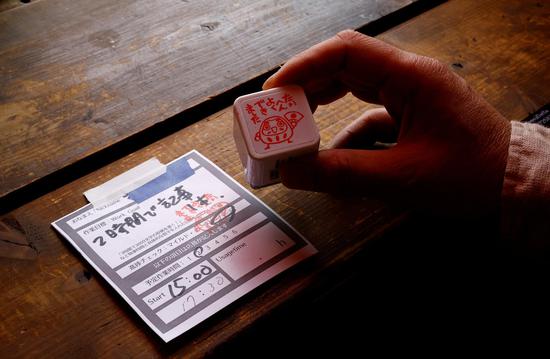

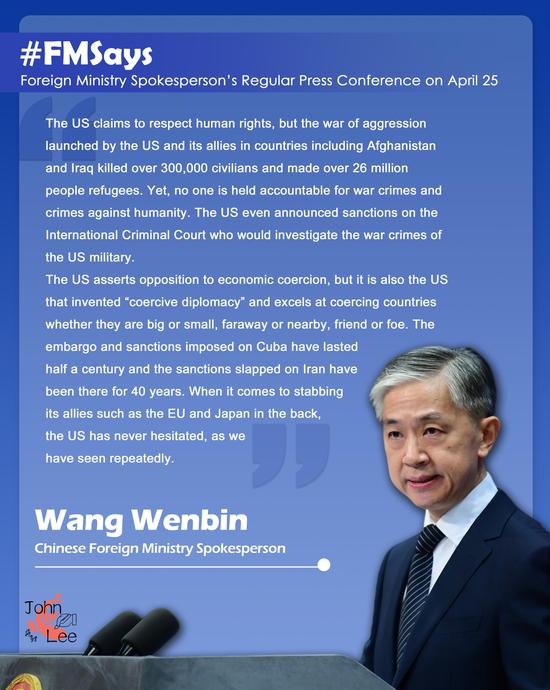







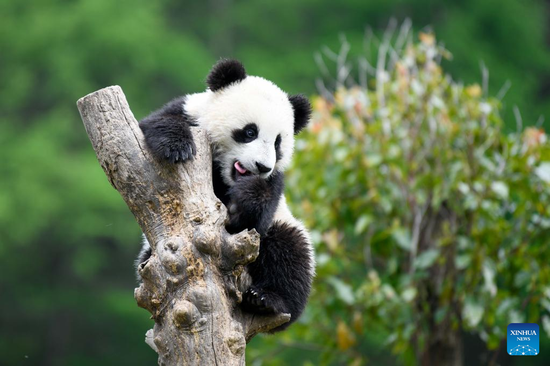

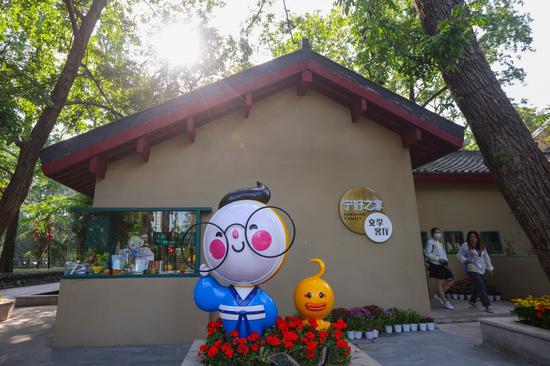

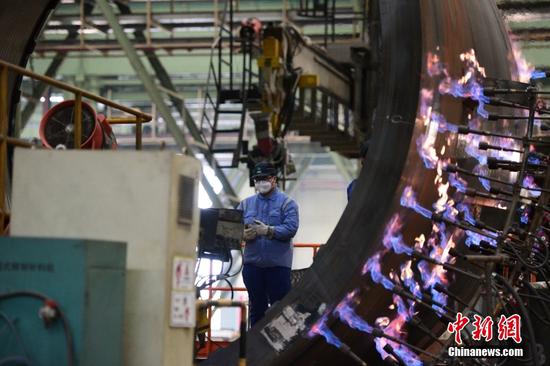


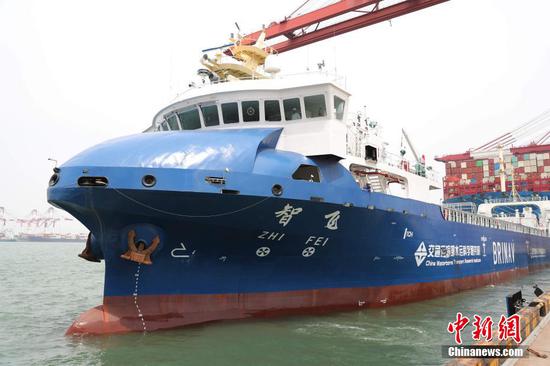





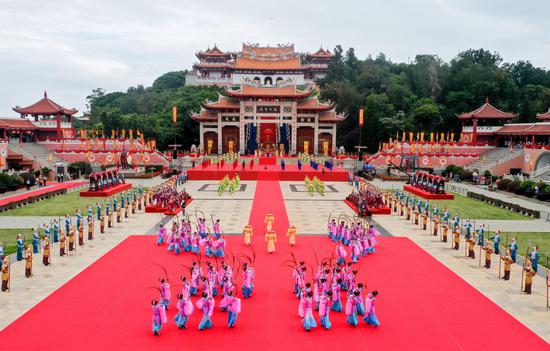



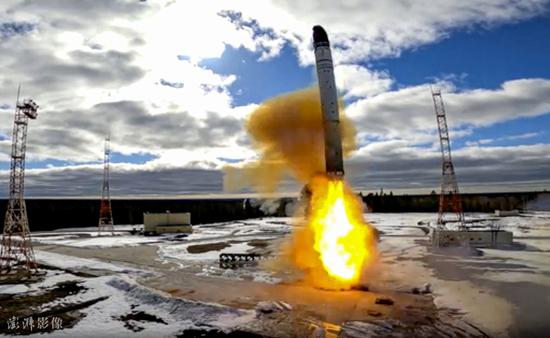
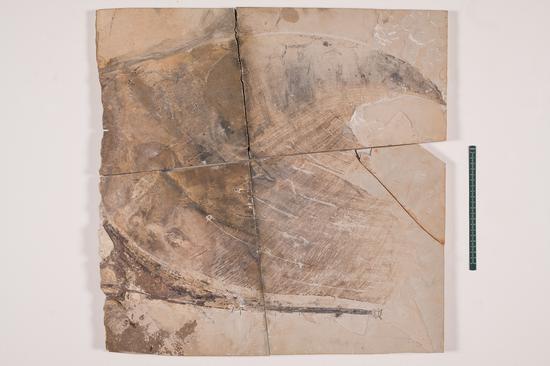
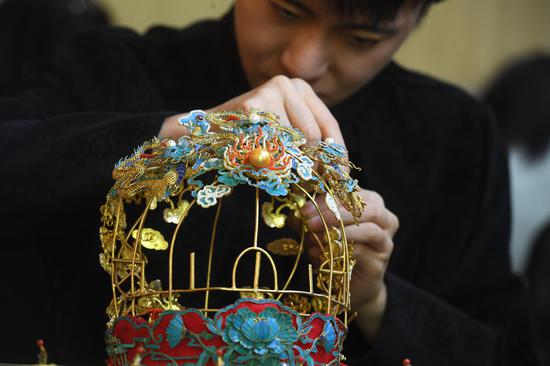


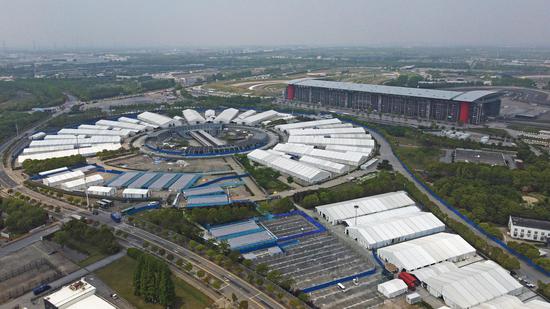


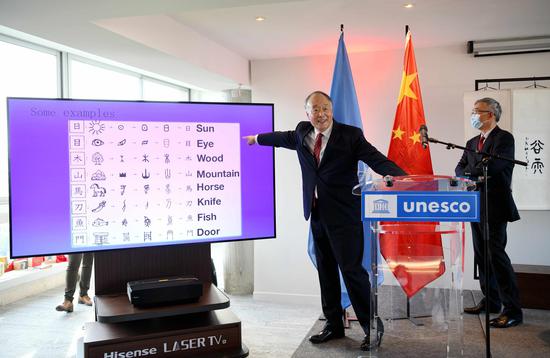

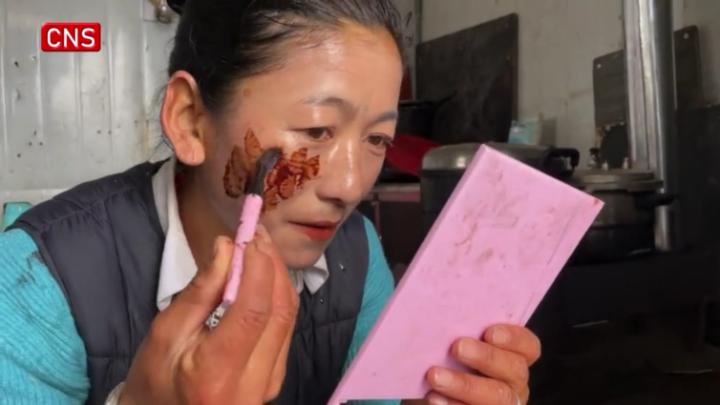



 京公网安备 11010202009201号
京公网安备 11010202009201号